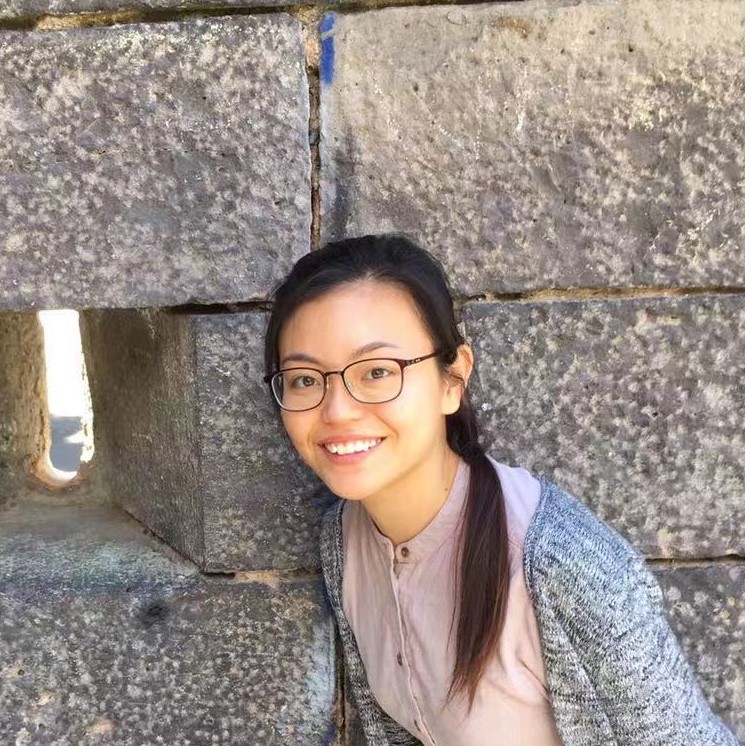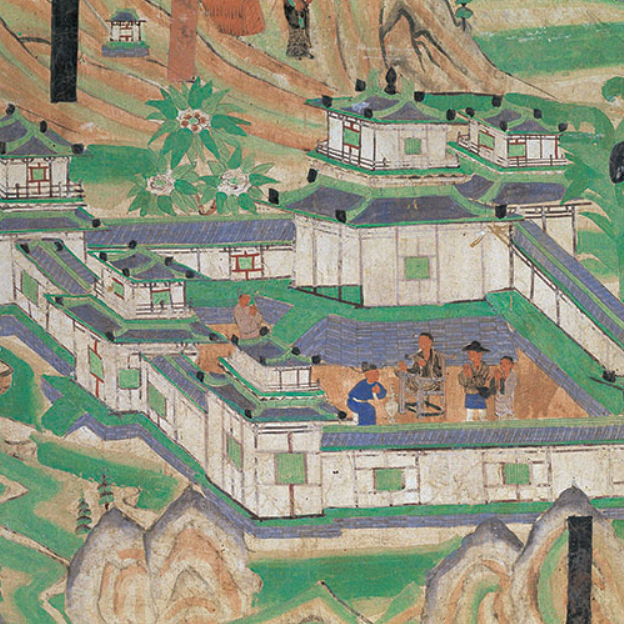In Search of Tang Architecture


The search for China’s early (or perhaps, earliest) timbre structures dating to the Tang Dynasty achieved breakthrough when architectural historian Liang Sicheng’s came across ‘Mural of Wutaishan’ in Les grottes de Touen-Houang: peintures et sculptures bouddhiques des époques des Wei, des T’ang et des Song (1914–24) complied by French Sinologist Paul Pelliot.
The mural painting originated from Mogao Grottoes, a collection of Buddhist art spanning a 1000-year period from the Northern Dynasties through Yuan Dynasty.
Specifically, ‘Mural of Mount Wutai’ found in Cave 61 (though it was labelled cave 117 by Pelliot) had a temple named the (Great) Foguang Temple (Dafoguangsi).
After checking through geographical and historical records, Liang noted that Wendi of Northern Wei allegedly saw Buddhist light at Foguang temple, 40 li southwest of Mount Wutai—and this was how the temple got its name.
In the summer of 1937, Liang and his research partner and wife, Lin Huiyin, arrived at Doucun Village of Wutai, Shanxi on donkeys in search of forgotten Tang architecture—and the rest was history.
Writings on the pillars date the temple to the year 857, and Foguang Temple was the earliest-known wooden temple then. Foguang Temple is currently known to be the third-oldest wooden temple in China after subsequent discoveries.
One of the key features of traditional Chinese architecture that sees continuity since the Tang is the lack of use of nails to secure buildings.
Instead, the ‘dougong’, which is a series of cleverly designed interlocking structures are used to support weight of buildings.
References
Rujivacharakul, Vimalin, and Deyin, Luo. 2015. Why the Temple of Buddha’s Light and Liang Sicheng? History and Historiography. Andover: Gale Asia.
